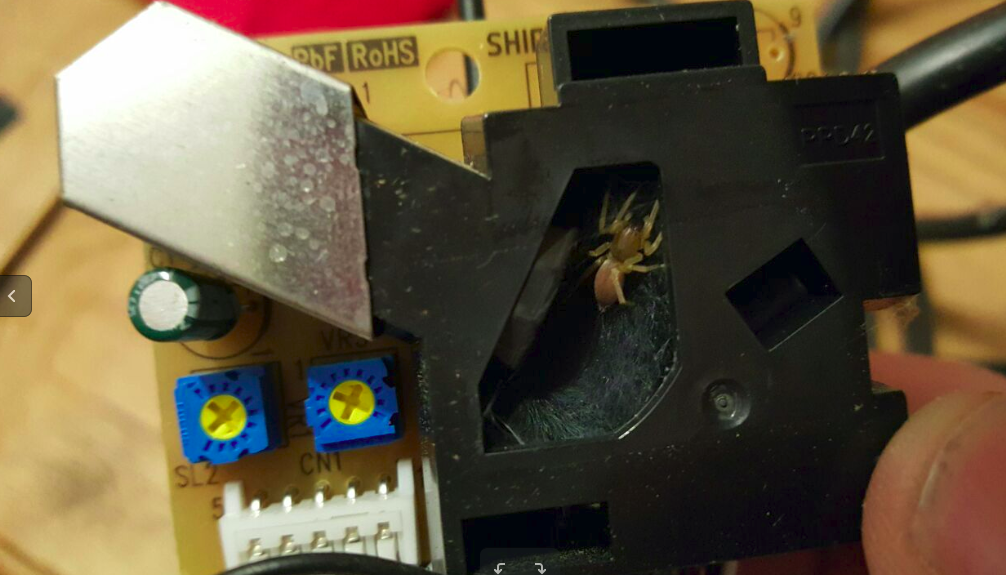I didn’t but I believe it may be slightly better in particular on shorter time spans. Although a fan on a PPD42NS might fix this to a large extent. Still with this kind of experiments the technical implementation is not that hard; interpretation of the results is what makes life difficult. By sticking to the PPD42NS setup it stays compatible with the RIVM setup. This means it will take much of the load of interpretation of our shoulders since they’re the experts on this.
Thank you @TijnOnlijn i thought you used “TX_INTERVAL = 2000;” somewhere - that was my confusion about the timing. I want to build something similar you did, getting readings on pm2.5 and pm10, but the thing is that we don’t get power everywhere and if we get power we most likely have access to wifi too, so i can use a build with a esp8266 (like http://luftdaten.info/ does). So i would love to have a build (arduino pro mini based) lowpower enough to maybe get it solar powered to use it outside the city (i am from a very rural town with over 100 villages counting to our town).
The PPD42NS is does measure PM2.5, but from what I’ve seen it doesn’t work that well because it would not be sensitive enough. The sharp sensor is said to be better on this, but then again that one doesn’t measure PM10. Perhaps just picking either PM2.5. or PM10 would be a good start.
I don’t understand your power issue though. It sounds counter intuitive that you do have WiFi access available but no power. Is there really no way to get power somewhere? With solar it’s easy to a certain extent… just get a solar panel that’s big enough. I didn’t measure it myself but I believe I read somewhere that the sensor itself draws about 90mA.
Thank you for the info about the sharp sensor!
About the power, what i wanted to say was, that if a location has a power supply i will have in 99% of the cases wifi there too (so i do not need lorawan), the spots without power are the ones where i will need lorawan, because those spots will not have wifi.
I noticed on of the sensors kept returning the same value for over a week, so I expected a bug in the software which caused an eternal loop.
It proved to be a hardware bug…

Long ago people advised me to protect sensor openings with the mesh used to create window/door screens. My weather sensors suffered from the same ‘invasions’…
For sure it makes sense. I heard stories about spiderwebs in the sensor casings, but not about spiders in the actual sensors. Although it does make sense because there is a resistor which is nice and warm. So I’ll think I’ll follow the advice.